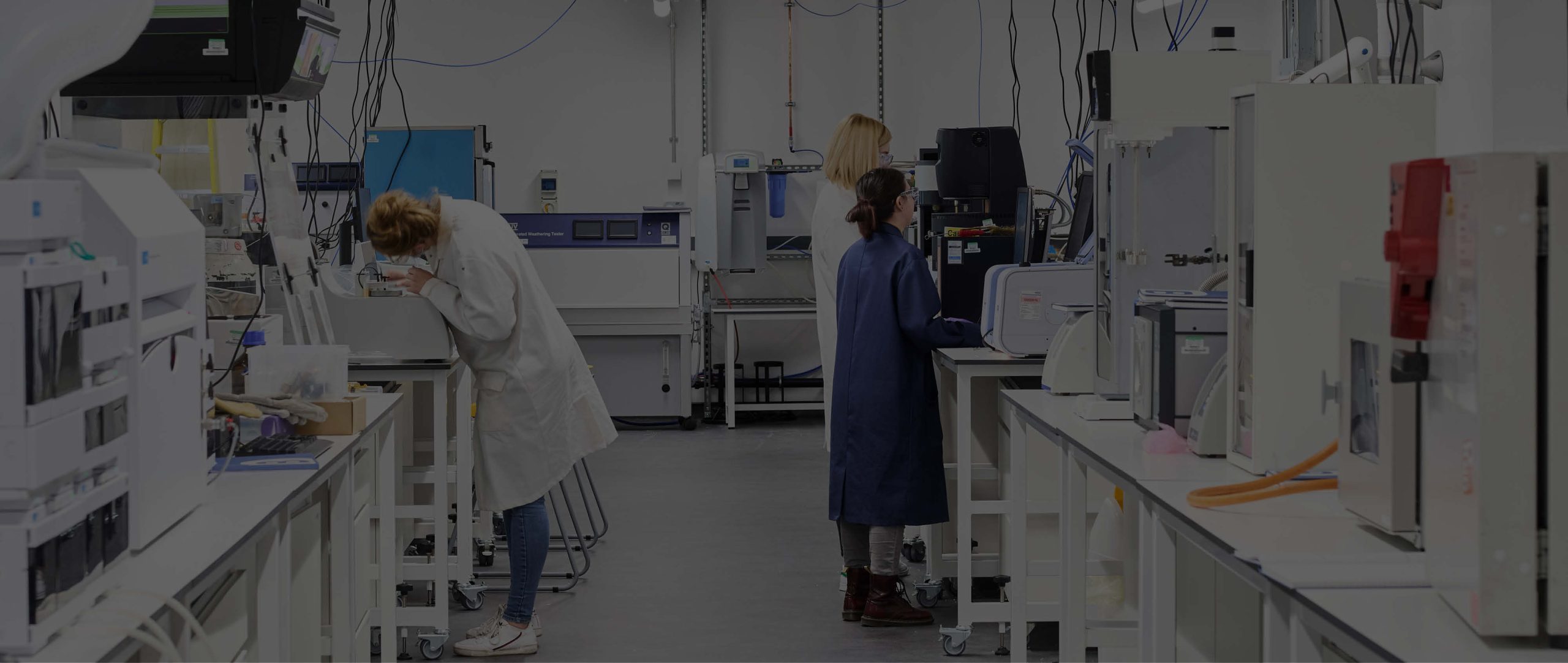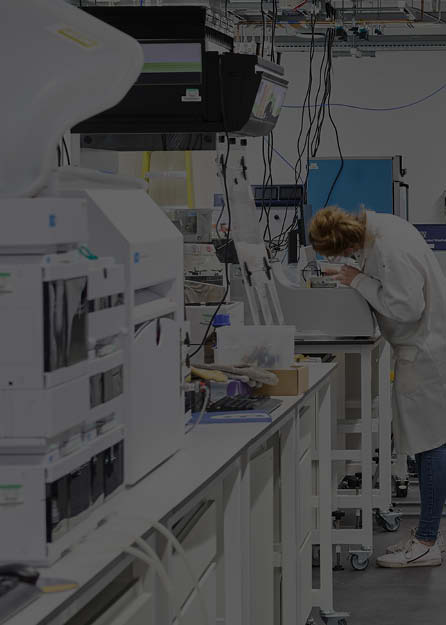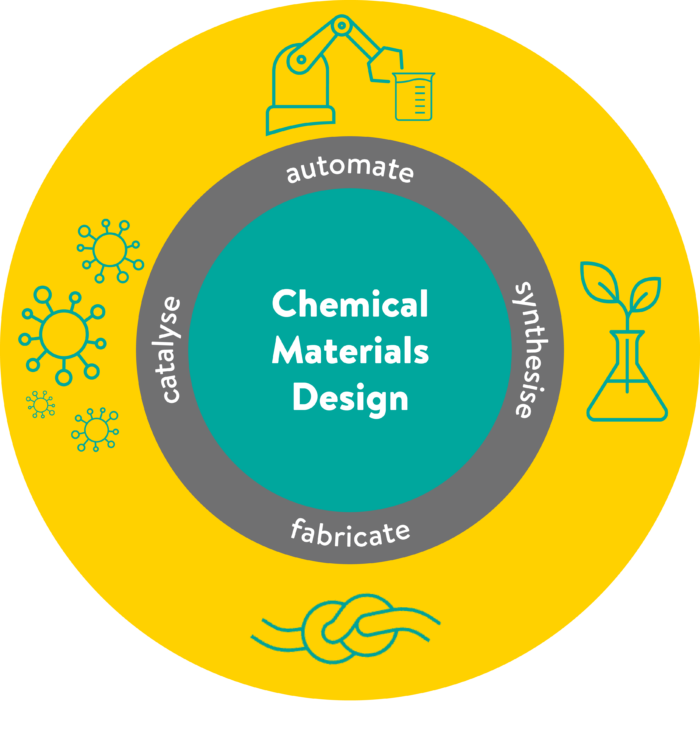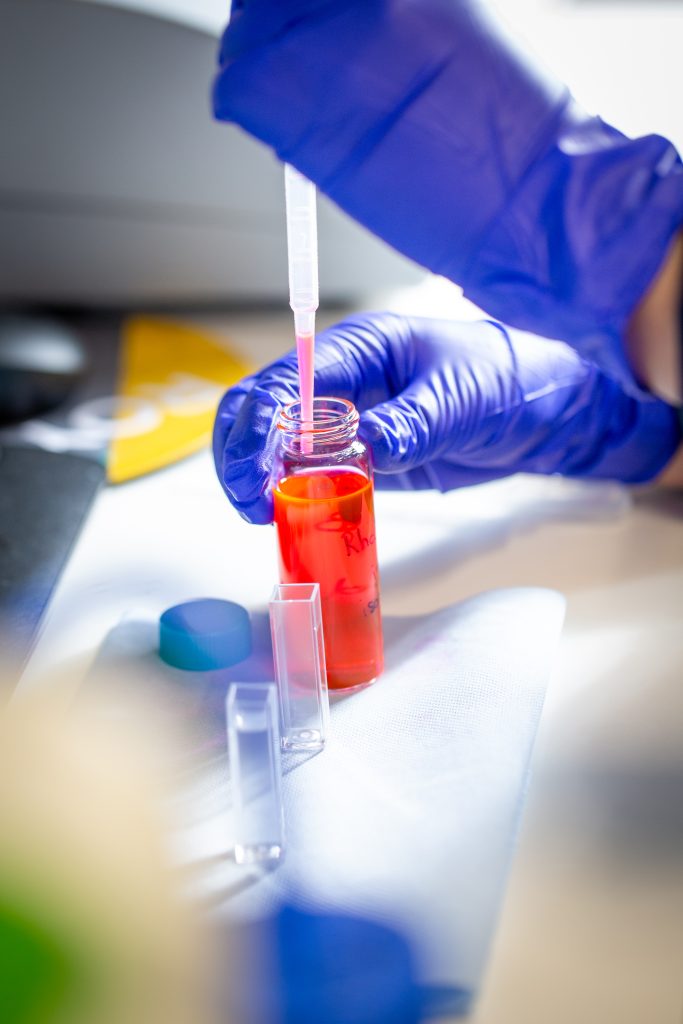Technology Platforms
Royce Technology Platforms are groupings of cutting-edge facilities and expertise. Each Platform has a Technology Platform Lead responsible for developing and enhancing the facilities and supporting related research activities which utilise Royce Equipment
Automated Formulation of Materials
This platform of robotic equipment is suitable for automated formulation, and working at a range of scales suitable for materials discovery and product development.
Polymer Characterisation, Processing and Synthesis
The Royce Technology Platform forPolymer Characterisation, Processing and Synthesis contains a unique combination of state-of-the-art equipment and capabilities available to assess material properties, performance, and durability.
Automated Engineering of Biology for Materials Discovery
This platform hosts a suite of instrumentation for the rapid discovery and engineering of biological systems for the manufacture of advanced Materials from Biology and bio-based materials for clean growth.


















